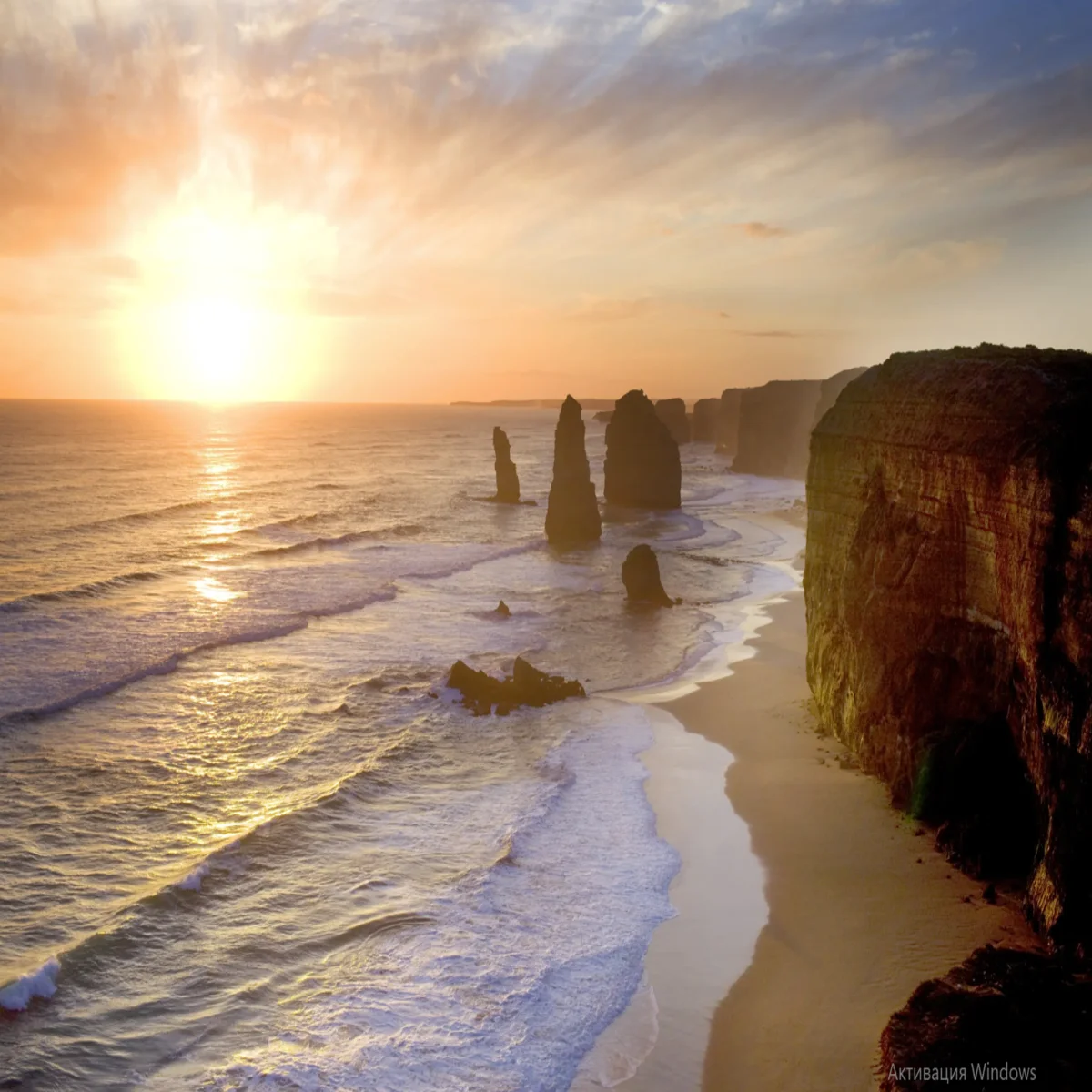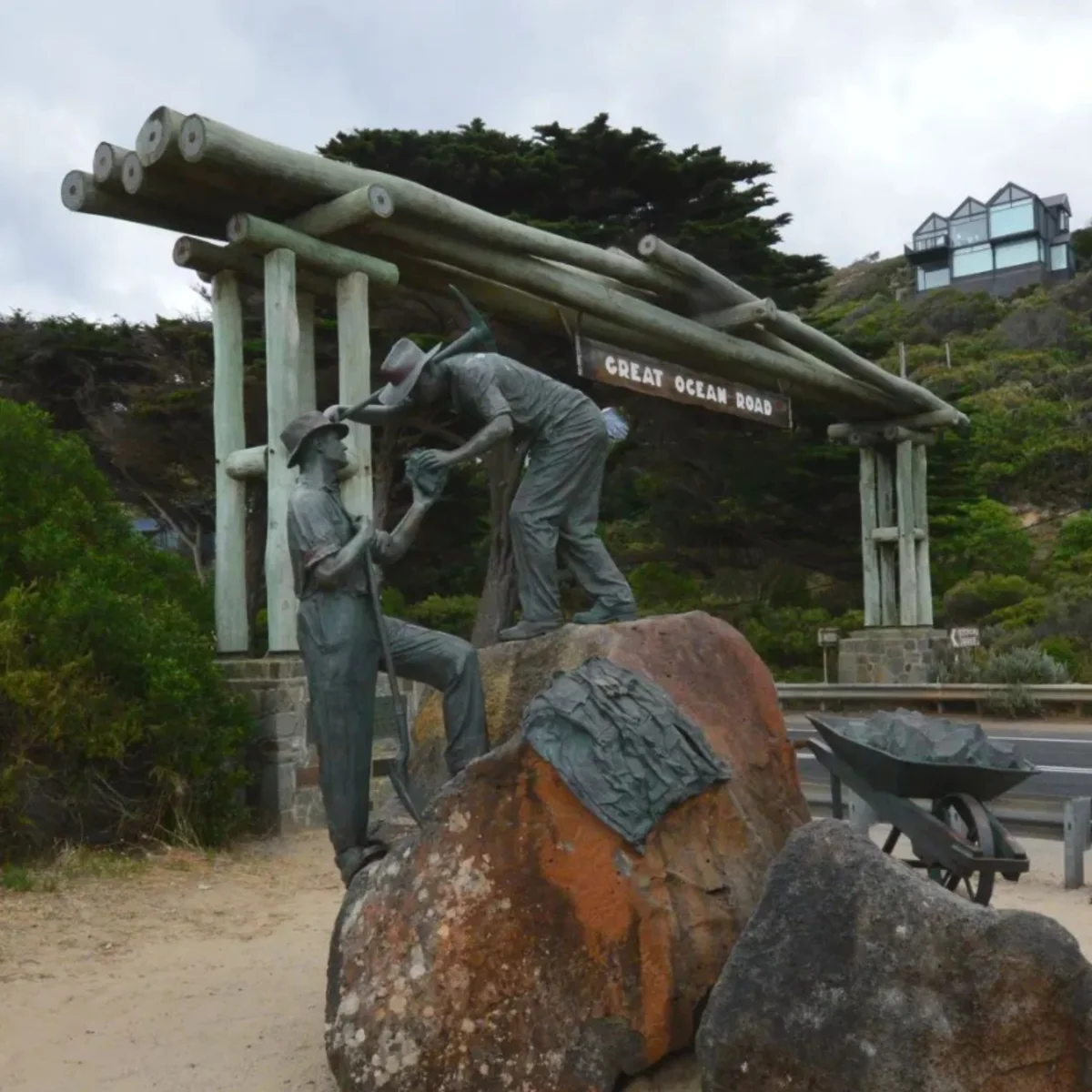The Great Ocean Road is a top ten drive worldwide with many spectacular views. One significant location that visitors might overlook is The Memorial Arch. It is worth stopping by to see this important site along the Great Ocean Road.

The Great Ocean Road has beautiful coastal views.
The 12 Apostles has become a must-see destination on the Great Ocean Road Tour, becoming popular in Australia. Just a stone's throw from Melbourne, the Great Ocean Road is a must-see for any traveller. But it's not just the 12 Apostles that will catch your eye: this scenic route is packed with gems such as Split Point Lighthouse, Loch Ard Gorge and, most notably, the Memorial Arch, the actual entrance to the Great Ocean Road. This arch is undoubtedly the most memorable spot on the route, which is clear as day by the endless stream of cars and people pulling out of them to take photos - all keen to show off what they have ticked off the must-see list!
Australia fought in World War I
The Great War kicked off in 1914, and while there were many reasons, the spark was the assassination of Archduke Franz Ferdinand. Because of ties with the mother country, Britain, Australia was in the thick of it. The mood in Australia was excitement, a chance to show England what we're made of. With many thinking the war would be over by Chrissie, over 400,000 blokes enlisted, eager for a crack.
Only the fittest of the fit got the nod to join up, strapping Aussie lads over 5'6", with a preference for those with some military know-how. As the war dragged on and the reality of the toll back home set in, opinions were split on conscription. Some were keen to avenge their mates, while others weren't up for the draft. Although enlistment slowed, the requirements were eased to keep numbers up, dropping the height to 5'2" and upping the age limit to 45.
Prominent Australian individuals involved in wartime
General Sir John Monas
A household name, Monash, has a uni named after him. He was a bigwig in the Australian Intelligence Corps and later led the Aussie forces in France. With a noggin for civil engineering and law, he was an intelligent cookie before leading the troops.

Major General William Throsby Bridges
Bridges was tasked with getting an Aussie division together for Europe and led the 1st Division of the Australian Imperial Forces. He was vital in setting up the Royal Military College and became the first Australian Chief of General Staff.
General Sir Cyril Brudenell White
White was Bridges' right-hand man, playing a crucial role in the Anzac Cove evacuation plan and was much respected by peers and soldiers alike.
Lieutenant General Sir John Talbot Hobbs
Hobbs ran the artillery for the 1st Division under Bridges and, post-war, led the creation of war memorials for returned soldiers and those who didn't make it back.